A brief history of blood transfusions
| 14 June, 2019 | Hannah Towfiq |
|

|

For this month’s Optimum F1000Prime, and in celebration of World Blood Donor Day today, we thought we would explore the colourful history of the first blood transfusions, topped-off with a roundup of some of the best F1000Prime blood transfusion-related research.
Each year, approximately 2.5 million units of blood are transfused in the UK alone. Blood transfusions can be used to successfully treat a multitude of health problems including; bleeding disorders, severe infections, liver disease, injuries following an accident, childbirth and surgeries just to name a few. So where did this routine procedure originate? Well, the history is just as interesting as you might think and even a little bit bloody.
If we head back almost 500 years, we’ll find ourselves bearing witness to the work of British physician Richard Lower who performed the first successful blood transfusion ever to be recorded. He kept dogs alive by transferring blood between other dogs. Following in his footsteps, Jean-Baptiste Denys, the personal physician to King Louis XIV, attempted the first-ever blood transfusion using a human, but unfortunately for his patients, he used lambs’ blood – which we now know is not compatible with human immune systems and does not yield successful blood transfusions.
The first human blood transfusion resulting in success was conducted by James Blundell, a British obstetrician. He took blood from a patient’s husband and used this to treat her postpartum haemorrhage. This transfusion worked, and both the patient, child and husband survived.
This and many other important discoveries in blood science have paved the way to the blood transfusions of today. We can now use blood donations to treat many different health issues and can also use all the components of blood for different purposes. Red blood cells, platelets and plasma, each can be separated and used as a treatment for various conditions.
Though the sight of a syringe may make you queasy, blood donations make transfusions possible. According to Give Blood England and Wales, over 25% of us will require blood at least once in our lifetime. Transfusion is essential for our medical system and without it, many of the health innovations we benefit from today would never have been possible.
Currently, in the UK 400 new blood donors, a day are needed to meet the demand, and so in the spirit of World Blood Donor Day, we encourage you to book in with your local clinic or blood drive to #GiveBlood!
If you would like to learn more about the science of blood transfusions, then you’re in luck! We have rounded up articles which have been recommended by our expert Faculty covering the current research on blood transfusion science.
If you like our recommendations, why not consider checking out F1000Prime? F1000Prime is our literature recommendation service, which has a peer-nominated global Faculty of more than 8,000 of the world’s leading biomedical scientists and clinicians. The Faculty select those articles which they think are particularly interesting and important and write recommendations explaining their selection. From the numerical ratings awarded, we have created a unique system for quantifying the importance of individual articles.
“This article is a review of red blood cell (RBC) genotyping in transfusion medicine. It describes the current state of RBC genotyping, the clinical uses of RBC genotyping, provides a comparison between RBC genotyping and serologic phenotyping, and mentions the current obstacles to its use and possible future uses. This is a great article to give to residents and other students for them to learn about the topic.”
Patricia Kopko, University of California, San Diego, San Diego, USA
“This is an interesting preliminary investigation on the prevalence of nicotine-positive donated red blood cell packs and transfusion outcomes. Whether or not the impact of smoking on post-transfusion hemolysis and the stability of red blood cells is significant needs to be further investigated; the level of carboxyhemoglobin may not be sufficient enough to alter oxygen transport. However, it is warranted to identify any beneficial effects if there are in fact any. The study has an interesting hypothesis and is a great source of discussion.”
Davide Cattano, McGovern Medical School, UTHealth, Houston, USA
“Blood transfusion in obstetrics remains relatively low. While risk factors of high risk for bleeding conditions can be established, the study confirms uncertainty for a beneficial value of cell salvage compared to donor blood transfusion. Other values may need to be taken into account to justify such usage, as well as reducing costs of technology and hospital staff/resources.”
Davide Cattano, McGovern Medical School, UTHealth, Houston, USA
Current Top 3 recommendations
Rankings are generated using the article recommended in F1000Prime during the preceding 30 days.
“The authors show in a thorough way, that specific improvements of the glycolate metabolic pathways can lead to a dramatic increase in photosynthetic quantum yield and subsequently in increased biomass productivity by >40% in field conditions. Overall, the authors demonstrate that their approach might be a viable strategy to increase crop yield, and in general, provide a very encouraging example that rational engineering of complex pathways can work to improve plant traits in the field.”
Wolfgang Busch,Salk Institute for Biological Studies, La Jolla, USA
“Becoming a PI is not just about being a good scientist, but also being a good leader. But what makes a good leader? Maestre offers ten simple rules for new (and established) PIs across the sciences to develop their teams and maintain a healthy and productive lab environment.”
Amy Milton,University of Cambridge, UK
“In this current paper by El-Brolosy et al., the authors show that genetic compensation in zebrafish and mouse mutants is mediated by preferential transcriptional activation of genes with sequence similarity to the mutant genes (the “adapting genes”), and mutant RNA degradation is a key step in triggering adapting gene expression. The work may also help us to interpret the literature on mutant phenotypes (or the lack of) in the light of genetic compensation as well as in design of mutagenesis strategies to remove gene products in future studies.”
Chenbei Chang,University of Alabama at Birmingham, Birmingham, USA
Hidden Jewels
Hidden Jewels rankings only include articles published in specialist journals, recommended in F1000Prime during the preceding 30 days.
“In this interesting opinion, Dr Fernando Maestre proposed 10 simple but effective rules that clearly help any principal investigators (PIs) to run a happy and pleasant working environment that would most likely lead to a productive and ethical lab. I strongly agree with his list and truly recommend this easy read. Most of his rules can be easily implemented or at least adjusted to your own working situation on a daily basis. “
Wagner Araujo,Universidade Federal de Viçosa, Brazil
“This is a fascinating paper which explains how two different chemokines (CXCL1 and CXCL2) that each bind to the same neutrophil receptor (CXCR2) can sequentially act during different steps of the leukocyte extravasation process.”
Dietmar Vestweber,Max-Planck-Institute for Molecular Biomedicine, Münster, Germany
“Although it is well-established that excessive alcohol consumption is deleterious to health, the present study presents some interesting and potentially important new findings about effects of brain development during adolescence and emerging adulthood. I hope that future studies follow up on this report and include behavioral and cognitive measures to determine the meaningfulness of the present findings.”
Neil Grunberg,Uniformed Services University of the Health Sciences, Bethesda, USA

|


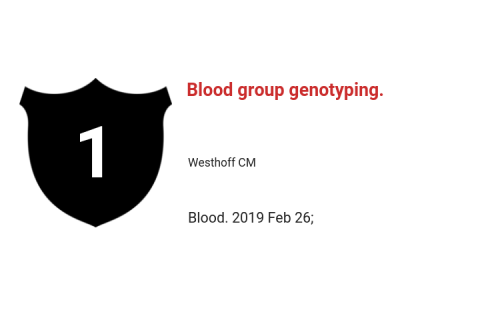
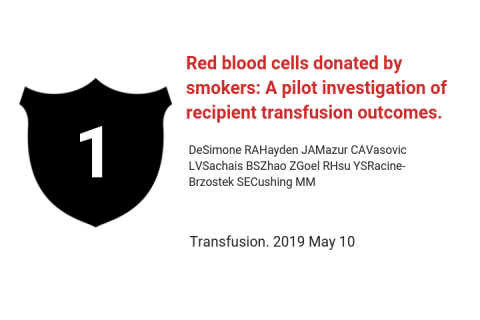
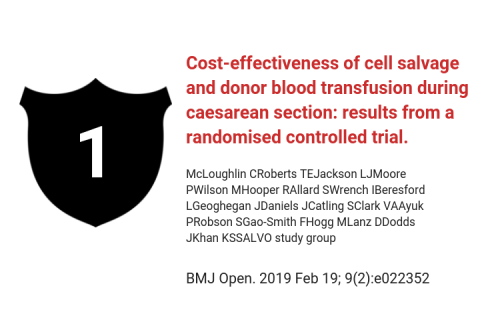
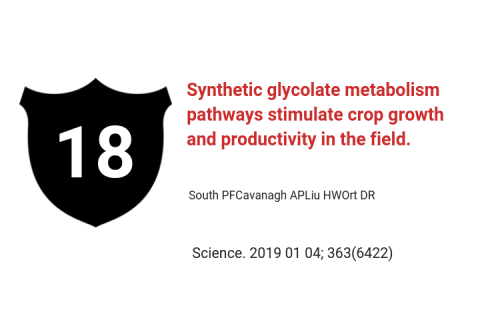
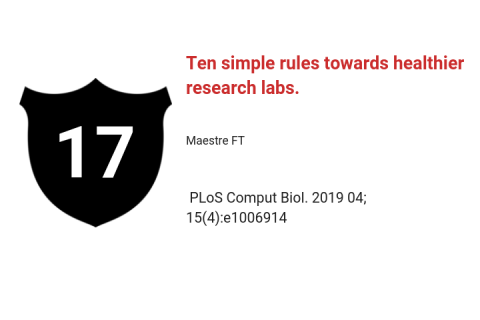
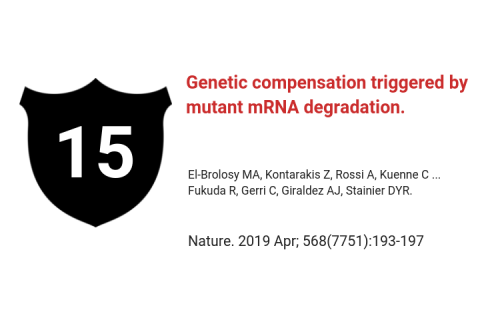
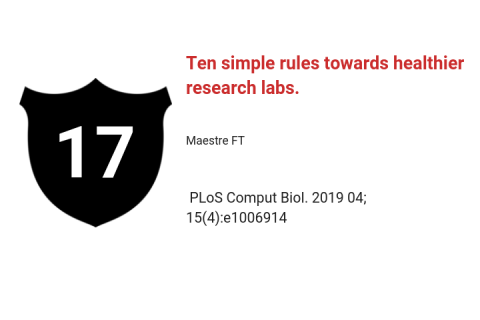
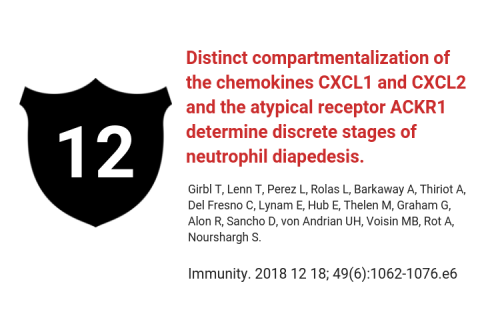
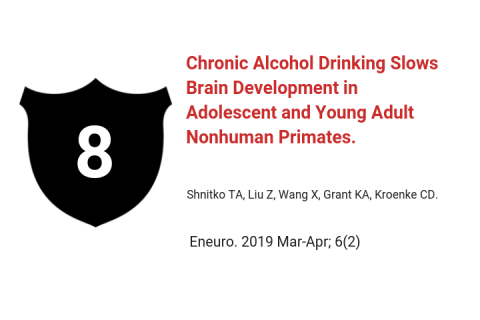

User comments must be in English, comprehensible and relevant to the post under discussion. We reserve the right to remove any comments that we consider to be inappropriate, offensive or otherwise in breach of the User Comment Terms and Conditions. Commenters must not use a comment for personal attacks.
Click here to post comment and indicate that you accept the Commenting Terms and Conditions.